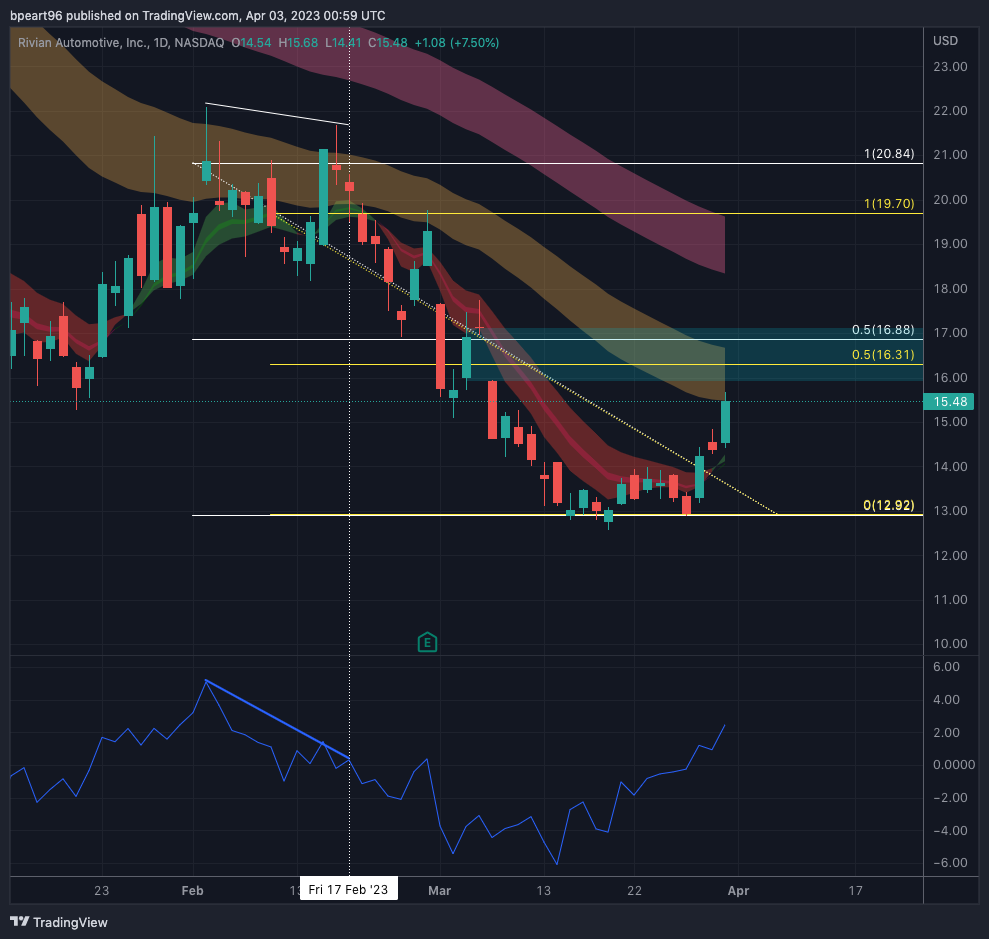Mr. Fibs - Fibonacci Trading (Part 2)
Using Fibonacci Retracement Levels and Symmetry to Predict Future Price Levels, Support and Resistance
Introduction
Fibonacci trading is a popular technique used by traders to predict future price levels and manage risk. It is based on the Fibonacci sequence, which is a mathematical sequence in which each number is the sum of the two preceding numbers. In Part 1, I explained why this sequence is important, how retracements and extensions work, and the proper use of the fibonacci retracement tool. Make sure to read it if you haven’t yet.
In this new post, I will discuss the two main techniques used in Fibonacci trading:
Fibonacci retracement levels
Fibonacci symmetry
I will provide detailed explanations and examples, and show you how you can use them to improve your own trading strategy using these tools. To read the full post, make sure to upgrade to paid.
Fibonacci Retracement Levels
Fibonacci retracement levels are used to identify potential levels of support or resistance within a trend. They are based on the Fibonacci sequence and can be applied to any trend or price move. The most commonly used retracement levels are 38.2%, 50%, and 61.8%, which are based on the Fibonacci sequence.
I look at the Fibonacci levels the following way:
50% Retracement
The least important ratio is the 0.5 ratio. This is because it is just the halfway point between a swing high and swing low. Although it is not a part of the sequence, here are a couple of points to keep in mind with this ratio. First, When drawing retracements, I do like to line up gaps in the chart with the 50 percent retracement. This is something that is harder to observe when you use extreme price highs and extreme price lows. Try to instead use key swing highs and price lows, and examples of this would be a lower high or an ema cross.
In this example, you see two fibonacci retracement tools, both only having a 50% retracement.
Keep reading with a 7-day free trial
Subscribe to Mr. Fibs's Newsletter to keep reading this post and get 7 days of free access to the full post archives.





